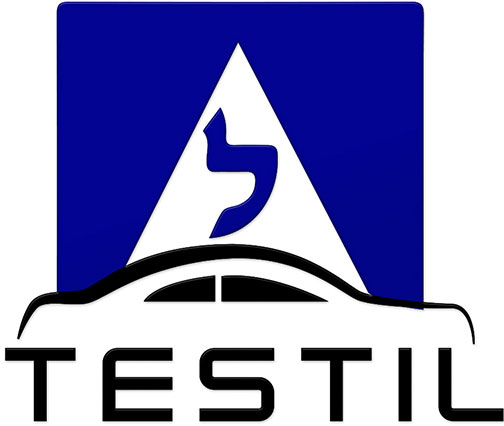Question:1
What should you do when you are about to start driving after stopping or parking at the side of the roadway?

Category : Safety
Question:2
You are driving in a two-lane one-way street and try to overtake the vehicle driving in front of you. The main risk in deviating to the left is:
Category : Safety
Question:3
What is the order of actions the driver needs to take before slowing down?
Category : Safety
Question:4
A road accident is an incident

Category : Safety
Question:5
What measure is it important to take before stepping on the brake pedal in order to slow down or to stop?
Category : Safety
Question:6
What effect does driving whilst keeping proper distance from the vehicle in front has on the vehicle’s fuel consumption and wear?
Category : Safety
Question:7
Keeping a safe distance from the vehicle in front of us is required:
Category : Safety
Question:8
What is the main risk of driving in reverse?
Category : Safety
Question:9
How is a driver required to conduct himself when intending to overtake a school transport bus that stopped to pick-up and let down children?
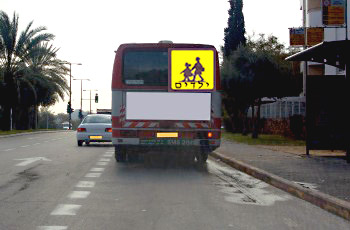
Category : Safety
Question:10
What is the correct order of actions while reducing the vehicle’s speed?
Category : Safety
Question:11
Are the vehicles within the sharp curve positioned correctly?
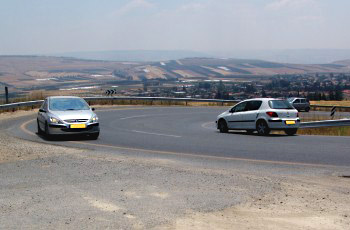
Category : Safety
Question:12
What RPM (Rounds per Minute) level should be determined to operate the tractor’s PTO (“Power Take Off”) power transfer?
Category : Safety
Question:13
How can you avoid collision according to the indications in the following picture?
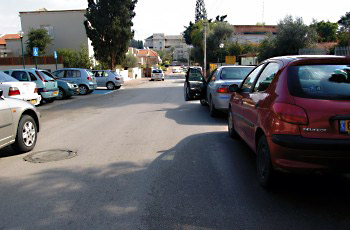
Category : Safety
Question:14
Select the correct sentence:
Category : Safety
Question:15
How are you required to conduct yourself according to the occurrence depicted in the picture?

Category : Safety
Question:16
According to the following picture, is it permitted to deviate to the opposite lane?
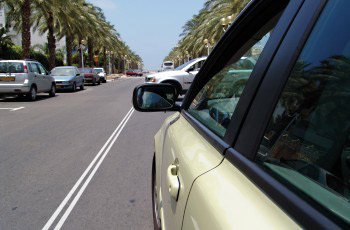
Category : Safety
Question:17
How can we prevent our vehicle from skidding?
Category : Safety
Question:18
How should one change lanes?
Category : Safety
Question:19
The distance covered by a vehicle from the moment we step on the brake pedal until the vehicle stops becomes bigger:
Category : Safety
Question:20
Can a refreshment break whilst driving lessen the driver’s tiredness?
Category : Safety
Question:21
It is prohibited to start overtaking without verifying
Category : Safety
Question:22
How do dirty mirrors affect vehicle safety?
Category : Safety
Question:23
What are you required to do when during a night drive you are confronted with a vehicle that doesn’t dip its lights and blinds you?
Category : Safety
Question:24
How would you conduct yourself under the situation that is depicted in the following picture?

Category : Safety
Question:25
What is a driver required to do after crossing a flooded road section?
Category : Safety
Question:26
“Drinking a large quantity of alcohol disrupts the driver’s peripheral vision and field of vision”: Correct or incorrect?
Category : Safety
Question:27
What is the main risk of approaching an intersection on a wet road?
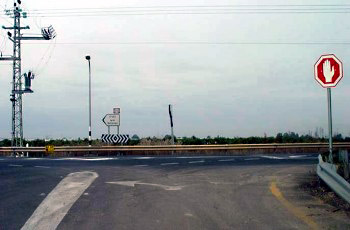
Category : Safety
Question:28
What would you do when driving at night and you are dazzled )blinded) by a vehicle approaching from your opposite direction?
Category : Safety
Question:29
Which of the following sentences is correct as regards to other drivers?
Category : Safety
Question:30
How can you reduce the effect of being blinded by a vehicle approaching from your opposite direction?
Category : Safety
